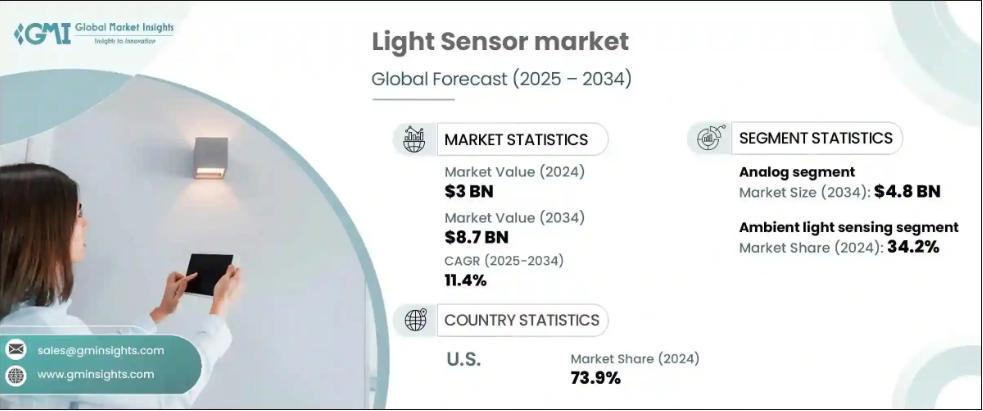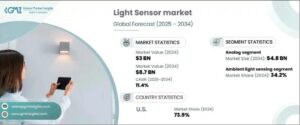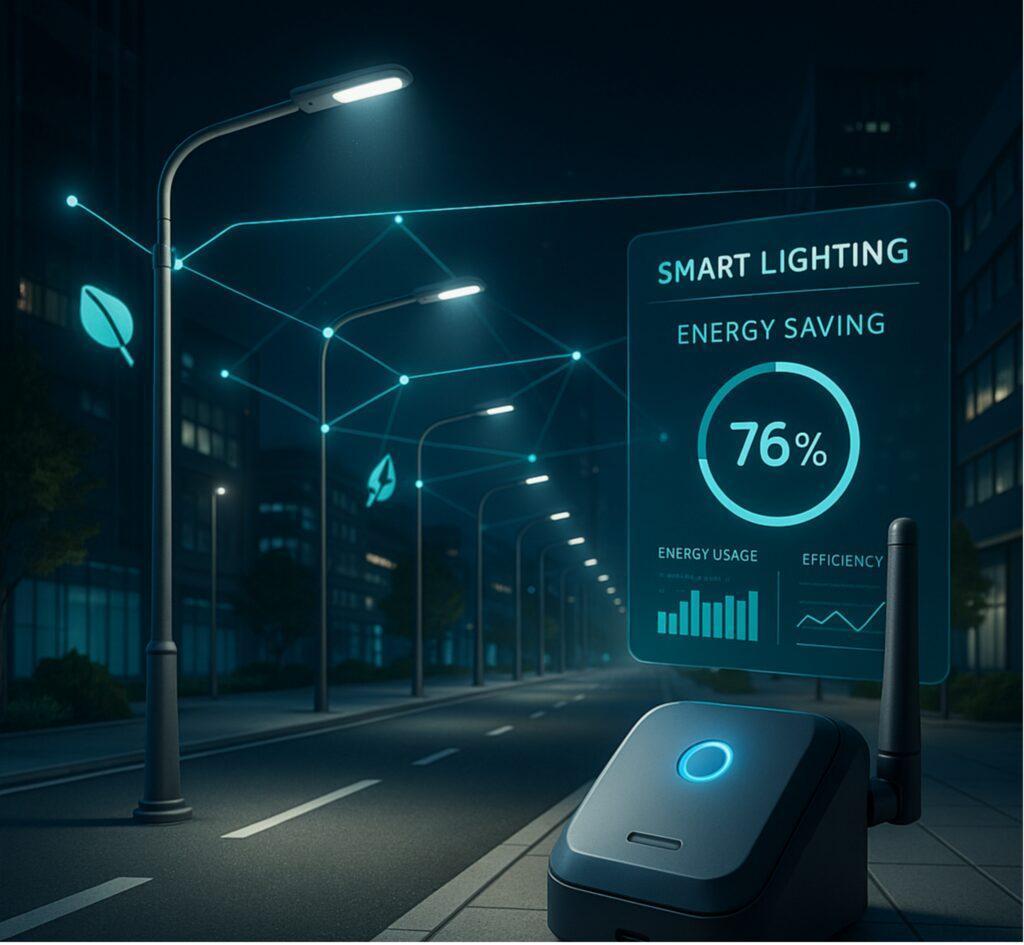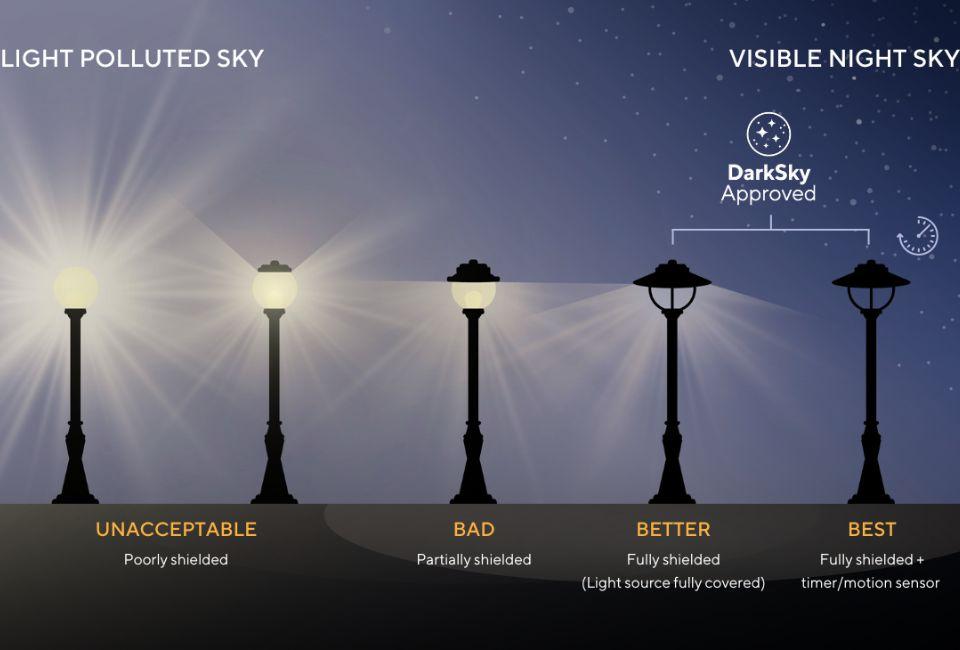مخطط تفصيلي
- مقدمة
- How Is the Global Lighting Market Evolving Toward 2032?
- Why Is Outdoor and Sports Lighting Becoming a New Investment Hotspot?
- What Are the Key مفتاح مستشعر الضوء Trends Shaping the Future?
- Where Are the Most Promising Application Scenarios for Lighting Control?
- How Is Long-Join Positioned to Lead the Global مفاتيح الإضاءة الضوئية Market?
- What Does the 2025–2032 Lighting Era Mean for Photocell Growth?
- خلاصة القول
What’s powering the next big leap in the global lighting market? Is it just LEDs—or the smart components behind them?
In the upcoming years, lighting is set to expand at record speed. This will change how cities and commercial facilities manage illumination. مفاتيح الخلايا الضوئية, once simple switches, are now the centre of this upgrade. They sense, control, and communicate.
This tiny device is unlocking billion-dollar opportunities in lighting. This article will further explore the market trends shaping the future of photocells worldwide.

الصورة مقدمة من: جي إم آي
How Is the Global Lighting Market Evolving Toward 2032?
The table below explains the current trends in the global lighting industry.
| 2024 – 2025 Value (USD Billion) | 2032 Forecast (USD Billion) | معدل النمو السنوي المركب (%) | Source |
| 154.27 | 367.88 | 11.5 | Fortune Business Insights |
| 81.77 | 230.02 | 13.8 | Multiple market reports |
| 102.50 | 228.16 | 12.1 | Alternate forecast (industry analysis) |
The data highlights a clear trend. LED lighting is expanding faster than ever. For Long-Join, this means a rapidly widening opportunity. Its expertise in intelligent التحكم في الإضاءة places it directly in the path of this accelerating global shift toward connected and energy-efficient illumination.
Regional Drivers
The Asia region dominates. It held around 44% of the global lighting market share in 2024. Primary drivers for this growth include:
- Rapid Urbanization
- Strong government mandates
- Smart city investments
North America and Europe follow, driven by sustainability regulations and lighting upgrades in infrastructure.
As lighting shifts to LED and smart systems, control components become essential. The مستشعر إضاءة الخلية الضوئية plays a key role. With retrofit and new infrastructure spending rising, every new lighting node is an opportunity to integrate smart sensors.
Smart city frameworks emphasise connectivity and data. عناصر التحكم الضوئية become not only light-control devices, but also edge data nodes monitoring and managing lighting assets.
Why Is Outdoor and Sports Lighting Becoming a New Investment Hotspot?
The firm Lieef has committed up to US$60 million to NGU Sports Lighting for LED sports-venue expansion.
Modernisation is underway everywhere, driven by lighting upgrades in large-scale sites. Energy efficiency and durability now define outdoor lighting performance. Sports venues demand uniform illumination, remote control, and long operating life.
أجهزة استشعار الضوء support automation by turning lights on/off, enabling remote dimming, and providing live energy monitoring. They become the interface between the lighting system and control layers.
In harsh outdoor conditions, reliable photocells are critical components for system uptime and longevity.
In Lighting-as-a-Service models, photocells add even greater value. Their data validates energy performance and enables predictive maintenance. What was once a simple sensor is now a cornerstone of modern lighting business models.

What Are the Key مفتاح مستشعر الضوء Trends Shaping the Future?
From “Energy Accessory” to “Smart Node”
أجهزة الاستشعار الكهروضوئية no longer serve only simple dusk-to-dawn switching. They now act as IoT-enabled sensors embedded in lighting networks. These devices integrate with smart grids, facility management systems, and centralized controls.
In smart-city deployments, أجهزة استشعار الخلايا الضوئية collect ambient data and feed it into analytics platforms. This shift turns a passive accessory into an active data and control node.
Standards and Modular Interfaces Reshaping the Market
International certifications are becoming critical in outdoor lighting control. Mainly, these include:
- ANSI C136.10
- كتاب زاغا 18
- نيما
Modular, upgradeable designs are becoming preferred in EPC and LaaS models. Manufacturers such as Long‑Join are aligning their نيما و Zhaga series to meet this interoperability demand.
ESG and Green Finance Influence وعاء التحكم الضوئي Adoption
عناصر التحكم في الإضاءة enable measurable energy savings and carbon reduction tracking. Investors and infrastructure projects increasingly require ESG-compliant technologies.
Photocell data is incorporated into green finance reporting and sustainability metrics. For lighting providers and cities, integrating smart photocells aids verification of energy performance and supports finance models based on energy outcomes.
Where Are the Most Promising Application Scenarios for Lighting Control?
Municipal Street Lighting
Municipalities are shifting to EPC and LaaS models for street-lighting upgrades. Smart photocells enable remote monitoring of ambient light and pole status.
They become essential for energy verification and performance tracking. Legacy systems that switch only at dusk are being replaced by IoT-enabled controls.

Sports and Large Facility Lighting
Stadiums and ports are investing heavily in next-gen lighting. These large facilities demand long-life and ultra-accurate controls.
Light sensor controls are being deployed as robust nodes. This helps automate lighting schedules and dimming profiles in extreme outdoor environments.
Industrial Complexes
Factories and logistics hubs are connecting lighting to sustainability KPIs. Automatic light sensors help reduce retrofit costs and provide real-time ESG energy data for corporate reporting. Smart integration turns lighting from a cost centre into a data asset.
Smart Cities and IoT Platforms
In smart-city infrastructure, lighting is becoming a network. Photocells act as IoT edge devices enabling “Light-as-a-Network.”
They support protocols like زيجبي, لورا, إنترنت الأشياء ضيق النطاق, and WiFi for cluster control and adaptive lighting. This deployment transforms simple lighting nodes into connected service points. Further, here is a table comparing various photocell communication protocols for smart lighting.
| بروتوكول | يتراوح | عرض النطاق الترددي | حالة الاستخدام | ملحوظات |
| زيجبي | 10–100 متر | 250 كيلوبت في الثانية | Clustered street lights | Low-power mesh network, widely adopted |
| لورا | 2-15 كم | 0.3–50 كيلوبت في الثانية | City-wide sensor networks | Long-range, low data rate, ideal for smart cities |
| إنترنت الأشياء ضيق النطاق | 1-10 كم | 20–250 كيلوبت في الثانية | المراقبة عن بعد | Cellular-based, energy efficient |
| واي فاي | 50–100 متر | 11–600 Mbps | Indoor/outdoor adaptive control | High bandwidth, moderate range |
How Is Long-Join Positioned to Lead the Global مفاتيح الإضاءة الضوئية Market?
- Long‑Join Electronics Co., Ltd. brings over 20 years of dedicated R&D in photocell technology.
- They hold more than 30 patents covering lighting control designs and smart sensor integration.
- Their product lines carry major global certifications. A list of these certifications, along with their benefits, is tabulated below.
- Long-Join claims a 50% market share in the U.S. outdoor lighting photo-control segment.
- They partner with industry leaders and supply to major OEMs in LED lighting.
- Their portfolio includes every type of photocell. It supports both retrofit installations and new construction projects.
- With standardized interfaces, integration becomes simple and consistent.
These strengths position Long-Join to power smart-lighting ecosystems and Lighting-as-a-Service models with confidence and scalability.
| شهادة | Issuing Region/Body | Relevance for Photocells |
| يو ال / UL 773 | أمريكا الشمالية | Confirms device safety and suitability for the North American lighting market. |
| م | European Economic Area | Required for selling in Europe. Covers safety and electromagnetic compliance. |
| حظر المواد الخطرة | عالمي | Ensures materials and manufacturing meet environmental & health standards. |
| ANSI C136.10 | الولايات المتحدة الأمريكية | Guarantees interface compatibility for street‑lighting hardware. |
| Zhaga Book 18 & D4i | عالمي | Enables modular upgrades and smart lighting interoperability in fixtures. |
| ISO 9001:2015 | Global Quality Standard | Demonstrates organisational process quality and manufacturing reliability. |
What Does the 2025–2032 Lighting Era Mean for Photocell Growth?
The lighting industry is witnessing explosive growth. This is driven by connected systems and global infrastructure upgrades.
Photocells are no longer simple light-switch devices. They’ve evolved into smart nodes that monitor ambient light and execute control commands. They now perform three critical functions:
- Energy-saving through automated switching and dimming
- Data collection to feed performance metrics and analytics
- Control-execution enabling remote and adaptive lighting responses
With its strong R&D foundation, extensive patents, and global certifications, Long‑Join Electronics Co., Ltd. is strategically positioned to lead this transition—enabling LaaS, ESG-driven, and smart-city lighting ecosystems worldwide.
خلاصة القول
The global lighting market is entering a decade of rapid growth and smart system integration. Photocells are now essential for energy savings, data collection, and adaptive control. For reliable Long‑Join photocontrollers, تشي-سوير offers certified products and expert support, making them a trusted partner for smart lighting projects worldwide.
الروابط الخارجية
- https://www.fortunebusinessinsights.com/industry-reports/lighting-market-101542
- https://www.databridgemarketresearch.com/reports/global-led-lighting-market
- https://www.coherentmarketinsights.com/market-insight/led-lighting-market-959
- https://www.mordorintelligence.com/industry-reports/asia-pacific-led-lighting-market
- https://www.zhagastandard.org/?view=article&id=64:book-18&catid=10
- https://www.nema.org/
- https://en.wikipedia.org/wiki/Zigbee
- https://lora-alliance.org/
- https://en.wikipedia.org/wiki/Narrowband_IoT
- https://www.ul.com/solutions
- https://europa.eu/youreurope/business/product-requirements/labels-markings/ce-marking/index_en.htm
- https://en.wikipedia.org/wiki/RoHS
- https://www.iso.org/standard/62085.html






